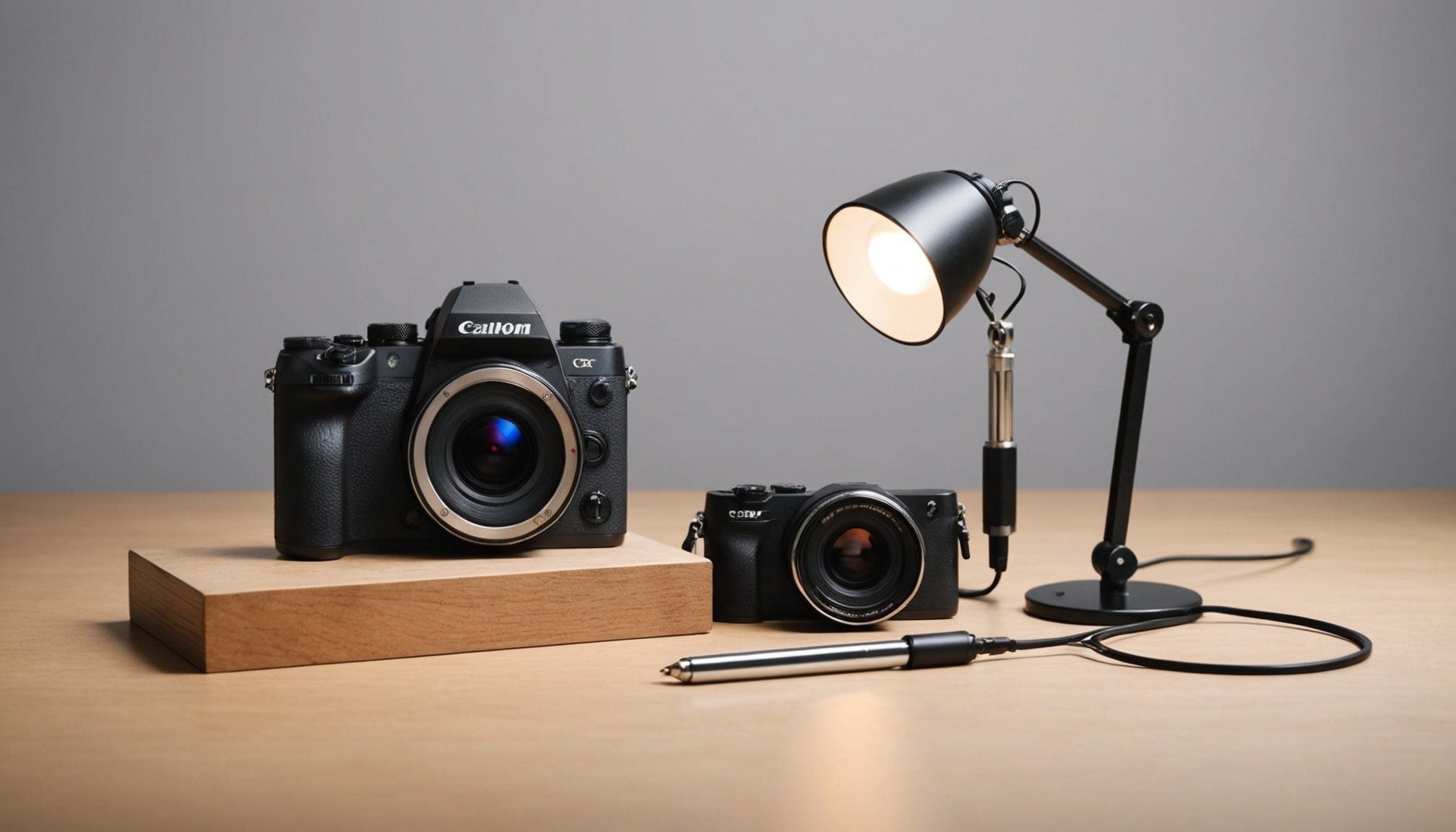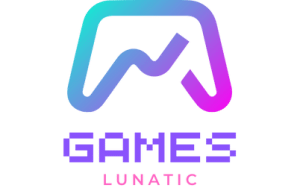
Crafting impactful products with a digital product design studio
Creating impactful products involves more than just aesthetics; it’s about understanding user needs and crafting experiences that resonate. A digital product design studio melds creativity with strategic insight, transforming everyday frustrations into moments of delight. By leveraging modern methodologies and real-world case studies, this approach elevates user experience, ensuring products not only function well but also inspire engagement. Discover how thoughtful design can shape memorable interactions and drive success.
Understanding the Role of a Digital Product Design Studio
The digital product design process is a key component in shaping products that resonate with users and stand out in a competitive market. This process combines creative design with technological prowess to deliver experiences that are both functional and delightful. At its core, it involves understanding user needs, ideating concepts, prototyping, and refining designs based on feedback. The goal is to create products that solve real-world problems while ensuring a smooth user experience.
Lire également : How do you implement a serverless REST API using Azure Functions and Cosmos DB?
A product design studio plays an integral role in this journey. These studios bring together diverse expertise, including UX/UI design, technology, and strategy, to craft solutions that align with business goals. They often collaborate with clients through various stages of product development—from initial concept to final delivery—ensuring that every decision enhances the product's usability and appeal. By fostering an environment of innovation and creativity, studios are pivotal in transforming ideas into tangible digital solutions.
Collaboration stands at the heart of effective product design strategies. Successful outcomes are achieved when designers, developers, and stakeholders work in harmony, each contributing their unique perspectives and skills. This cross-disciplinary collaboration is essential for addressing complex challenges and driving innovation. By maintaining open communication and a shared vision, teams can iterate rapidly, respond to user feedback effectively, and keep projects aligned with market trends.
Avez-vous vu cela : What techniques can be used to monitor and optimize the performance of an Elasticsearch cluster?
In today’s fast-evolving landscape, understanding the importance of these collaborative efforts and the role of a product design studio is crucial. Studios like Realistack underscore the potential of blending design and technology to craft impactful products that not only meet user expectations but set them higher. With a focus on both the artistic and scientific facets of design, these studios help shape the digital experiences of tomorrow.
Benefits of Engaging with a Digital Product Design Studio
Partnering with a digital product design studio brings a wealth of expertise and innovative solutions to your project. By leveraging their design prowess, you can create products that not only meet but exceed your users' expectations, driving significant growth and customer satisfaction.
Improved User Experience through User-Centered Design
One of the most significant benefits of engaging with a digital product design studio is the enhancement of user experience through user-centered design principles. This approach prioritizes the users' needs, behaviors, and environments. By focusing on these aspects, design studios can create products that are not only functional but also intuitive and enjoyable to use. This is achieved through comprehensive user research, which may include user interviews, surveys, and usability testing. The insights gathered inform the design process, allowing for the creation of interactive experiences that feel natural to users. Moreover, by anticipating and addressing user pain points, these studios craft products that offer seamless interaction and meet users' expectations, ultimately leading to higher user satisfaction and engagement.
Cost and Time Efficiency in Product Development
Employing a digital product design studio can offer significant cost and time efficiencies in product development. By leveraging their experience and specialized skills, design studios can streamline processes, reducing the time required to bring a product to market. They utilize methodologies such as Agile product design, which involves iterative cycles of design and testing, ensuring rapid adjustments based on user feedback. This approach not only cuts down on development time but also minimizes the risk of costly post-launch modifications. Additionally, the use of tools and frameworks, like low-code and no-code platforms, can further expedite development by simplifying repetitive tasks and enabling businesses to focus on core functionalities. This efficiency in the development lifecycle translates into cost savings for companies, allowing them to allocate resources more effectively.
Access to Multi-Disciplinary Expertise and Resources
Design studios offer access to a wealth of multi-disciplinary expertise and resources, which can significantly enhance the quality and impact of a product. These studios typically boast teams with diverse skill sets, including UX/UI design, software development, and project management. Such diversity allows for a holistic approach to product development, where each aspect is meticulously crafted and aligned. The cross-disciplinary collaboration within these teams fosters innovation, ensuring that products are not only aesthetically pleasing but also high-performing and sustainable. Furthermore, studios stay abreast of the latest visual design trends and technologies, integrating them into the design process to ensure that products remain competitive and relevant in an ever-evolving market. This breadth of expertise is invaluable for companies seeking to scale their digital products and achieve long-term success.
Modern Design Methodologies and Best Practices
The field of design is constantly evolving, with new methodologies and tools emerging at a rapid pace. To stay ahead, designers must be adaptable and continuously learn about the latest trends. This article explores the most effective modern design methodologies and provides practical tips for implementation.
Employing Design Thinking for Innovative Solutions
Design thinking is a methodology that fosters a user-centric approach, focusing on empathy and experimentation to solve complex problems. By prioritizing user needs and insights, this method enables designers to craft products that resonate deeply with their audience. Iterative design process plays a crucial role in design thinking, allowing teams to iterate on ideas through multiple cycles of prototyping, testing, and refinement. The goal is to explore various possibilities and learn quickly from failures, thus driving innovative solutions.
Incorporating design thinking methodology into your workflow involves several key stages: empathizing with users, defining the problem, ideating multiple solutions, prototyping the most promising ideas, and testing with real users. This process helps in understanding user behavior deeply, leading to more meaningful and impactful product designs.
The Importance of Prototyping and User Testing
Prototyping transforms abstract ideas into tangible products, allowing designers to visualize an idea before it's fully developed. Prototype development is essential because it reveals potential issues in the design early, saving time and resources. Creating a prototype helps in refining features and functionalities based on user feedback, ensuring the final product meets user expectations.
User testing further enhances the design by providing invaluable insights into user interactions with the prototype. It identifies pain points, leverages user feedback, and validates design choices, contributing significantly to the user experience. By resolving these issues during the prototyping phase, companies can ensure a seamless and efficient product launch.
Iterative Design Process and Continuous Improvement
The iterative design process emphasizes the continuous evolution of design, where feedback loops play a pivotal role. Post-launch feedback is integrated into future iterations, allowing for ongoing enhancement of the user experience. This approach promotes a culture of continuous improvement, ensuring that digital products remain relevant and competitive.
Utilizing user feedback effectively leads to enhancing user experience by continually aligning products with user needs and preferences. This cyclical process not only refines existing features but also uncovers opportunities for new innovations. By fostering an environment of collaboration in product design, teams can harness diverse perspectives and skills, resulting in more creative and robust solutions.
In conclusion, modern design methodologies such as design thinking, along with practices like prototyping and iterative processes, are crucial for crafting impactful digital products. They enable teams to address real user needs, fostering engaging and effective solutions that stand out in a competitive digital landscape.
Case Studies and Real-World Applications
Case studies offer a rich learning experience by allowing us to explore complex issues from multiple perspectives. 1 Through in-depth analysis of real-world scenarios, we can develop critical thinking skills, problem-solving abilities, and a deeper understanding of the subject matter. 2 In this paper, we will present a selection of case studies that highlight the power of experiential learning.
Showcasing Successful Projects and Their Impact
Successful case studies in product design highlight the strategic blend of user-centric design principles and technological innovation. For instance, startups like SimpleRelevance and Xendit initially prioritize designing delightful experiences for high-value clients. This focus helps them understand complex user needs and refine their digital products for a broader audience over time. Their journeys demonstrate the importance of starting small, learning from user interactions, and scaling up effectively.
Larger organizations, such as the Monetary Authority of Singapore and Agoda, integrate extensive qualitative and quantitative user research into their development processes. This research helps them identify user frustrations and informs their product improvement strategies. These companies leverage methods like user interviews and analytics to ensure their products align with user needs, thus enhancing overall satisfaction and engagement.
Lessons Learned from Client Collaborations
Through collaborations, product design studios learn valuable lessons about client needs and preferences, enabling them to refine their design strategies. These partnerships often highlight the significance of strategic design thinking and the role of a product design studio in steering project success. Such collaborations teach that listening and responding to client feedback are crucial elements of a user-centered design process. For instance, a studio might begin with a thorough market research phase to align the product vision with user expectations and industry standards.
Furthermore, these collaborations illustrate how iterative design processes facilitate continuous enhancement by incorporating feedback loops. This approach ensures that final products do not only meet but ideally exceed client and user expectations, fostering long-term satisfaction and loyalty.
Storytelling as a Tool in Product Design for User Engagement
Storytelling in product design is a powerful tool that fosters user engagement by connecting the digital experience with broader values and emotions. Designers can create memorable interactions by crafting a narrative that resonates with users on a personal level, leading to more meaningful and lasting impressions.
For example, Freitag's sustainable products connect with users by emphasizing environmental values, thereby enriching the user journey with a sense of purpose beyond mere functionality. Similarly, using story elements can turn mundane tasks into engaging experiences. This approach taps into the emotional impact of design, making the overall user experience not only enjoyable but also memorable.
In integrating storytelling into the design process, studios are empowered to enhance their ability to connect with their audience. This connection is crucial for building relationships with users and ensuring that the product holds a substantial impact on their daily lives. Consequently, design studios focusing on storytelling can drive greater user engagement and deliver products that meaningfully resonate with their target audience.
